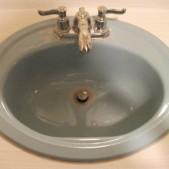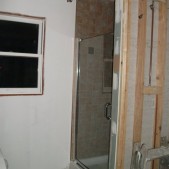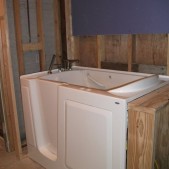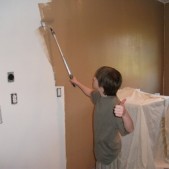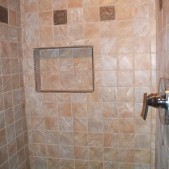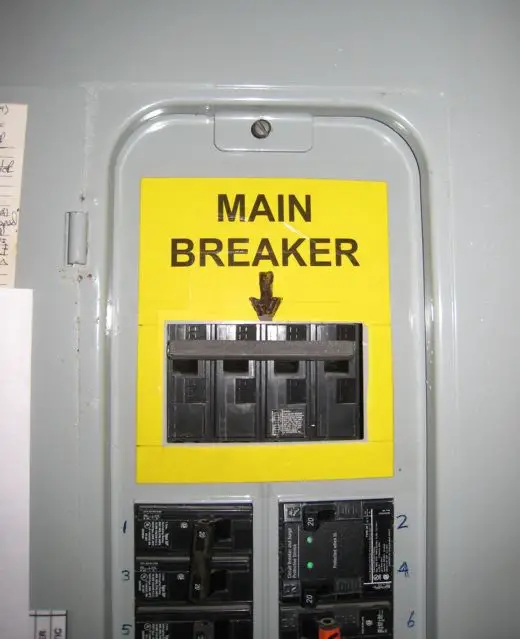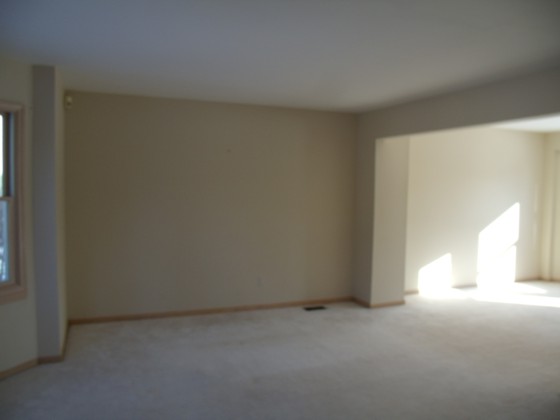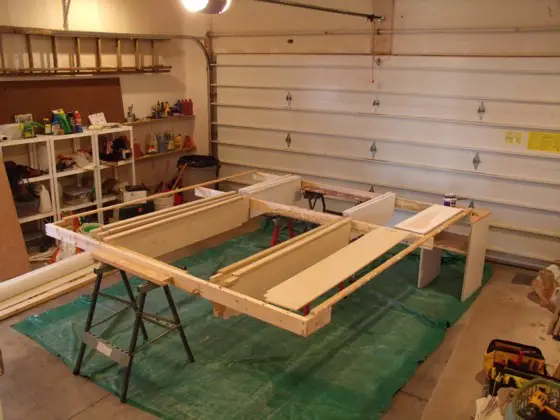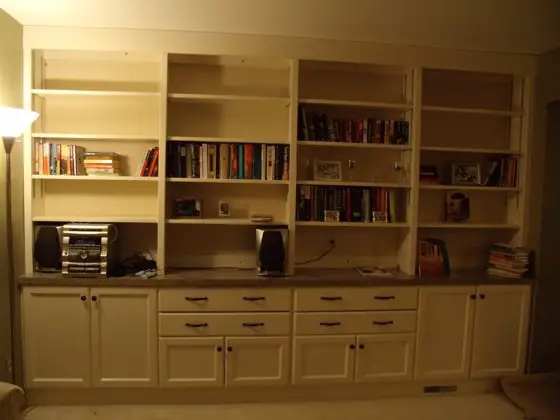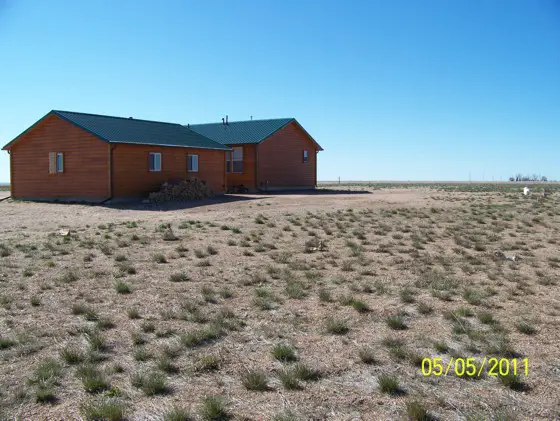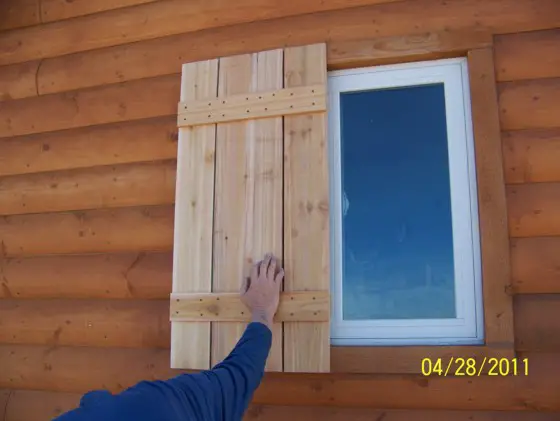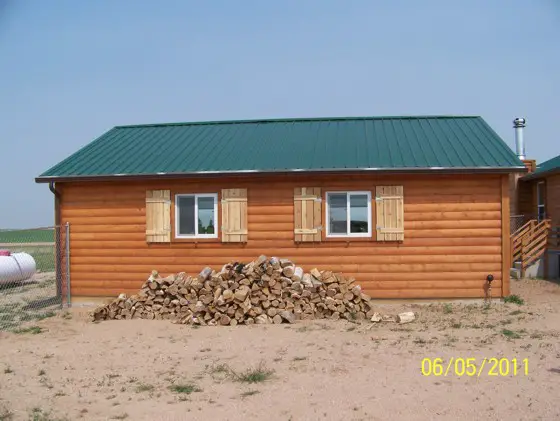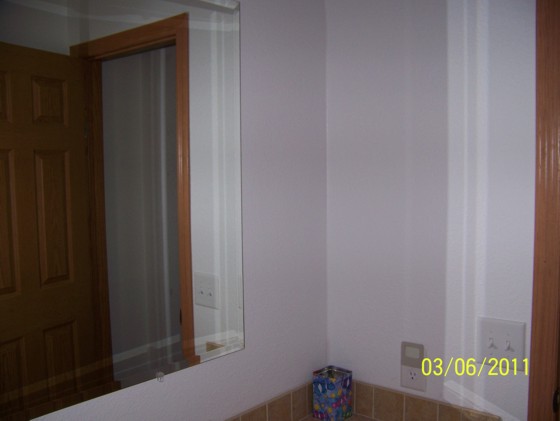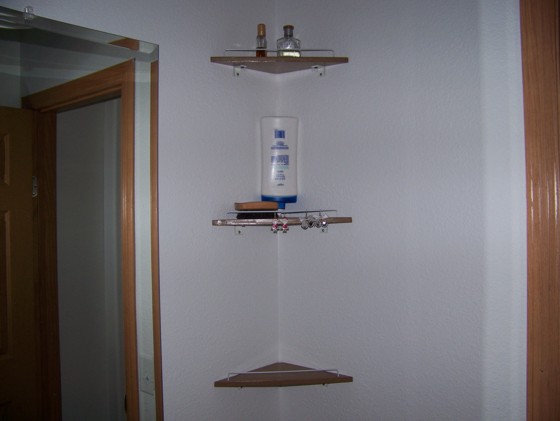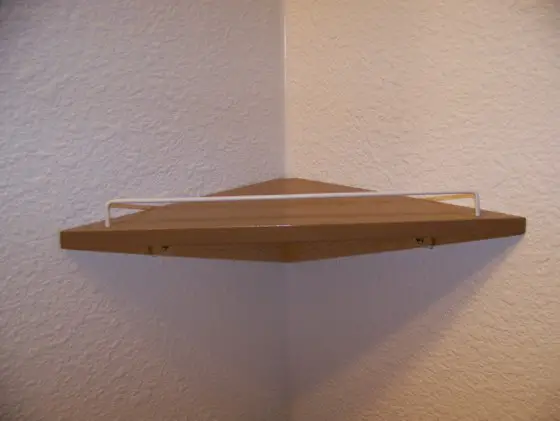What's in this Issue?
Last Sunday I completed three weeks of crazy travel. I was gone for 18.5 of 21 days. That's pretty insane if you ask me. While I had many ups and downs emotionally in my travels, perhaps the strangest thing happened this past weekend in San Francisco. I was there attending a publishing conference.
The conference was hosted at the Sheraton at Fisherman's Wharf, just one block from the bay. If you've not been to Fisherman's Wharf, it's absolutely the quintessential tourist trap with the wax museum, gift shops, street performers, theme restaurants, etc.
The weekends are packed with people, and at lunchtime I wandered down to the wharf as we had an extended lunch break during the conference. All of a sudden 30-35 naked adults, of all ages, rode by on bicycles in a pack hooting and hollering.
I was so stunned that I couldn't get out my cell phone fast enough to get a video. All you would have seen in the video, had I got it operating, would have been some bum and rump shots and believe me, that was not a pretty sight. Only in San Francisco!
Also, be aware that links at my website MAY BE acting funny today (March 14, 2012). If you experience that, just be patient. There's NO NEED to email me about broken links. My crack technology team is working hard on any issues.
The Free How to Grout Ceramic Floor Tile eBook
I want to thank you if you were one of the thousands that downloaded my How to Grout Ceramic Floor Tile eBook from Amazon this past weekend. It's a very long story and the promotion was last minute. I realize that some were unable to make Amazon's deadline and didn't get a free copy or had technology issues. I apologize for that.
That's one reason why it's really important to open and read each issue of this newsletter. You'll never know what's inside. In the future, I'll try to give you more advance notice.
Also, as I publish more new ebooks, be aware they may never be part of a free promotion. When I uploaded this eBook to Amazon, I gave them the exclusive rights to carry the eBook for the first 90 days. Part of that program includes days when the eBook can be given away for free.
In the future, I may not give the exclusive rights to Amazon and upload it to the other online stores that sell eBooks. If I do this, I'll announce it in this newsletter and tell you that it probably will never be for free.
Thanks for your review if you left one at Amazon for me. I sincerely appreciate it.
I had quite a few folks who wanted to be on the exclusive new email list where you discover what I'm working on. The other benefit of getting on this new list is that you can help collaborate on all new eBooks. You get to tell me what you want to see. Go here to sign up for this new premier AsktheBuilder.com newsletter.
Impact Driver Power Tools
Two weeks ago, I wrote a column about impact drivers. I have a cordless one that has become my best tool buddy. These tools look like a drill, but are really a powered ratchet or screwdriver.
If you're looking for a gift idea for yourself or a loved one, you want to give these tools serious thought. Here's the cordless impact driver I've been using. It's absolutely amazing. There are other ones at Amazon that you may like. Be sure to read the reviews!
Tip of the Week - Where's the Water Shut Off Valve?
How many times have you received a reminder about fire drills in your home? Have you disregarded those? Shame on you. We talked about that all the time when my kids were small. They knew if there was a fire in our home exactly what they were supposed to do.
But what about a simple thing like a water leak? You may know where your water shut off valve is, but does everyone in the family? Does everyone know how to turn or operate the valve? Is it blocked by all kinds of stuff in a closet or is it in the basement? Does the valve even work? When was the last time it was exercised? Oh, you didn't know you have to exercise a valve?
Do you turn off your water if you're leaving your home for an extended time? Why not? Do you already have a great relationship with a plumber if you need one in a hurry? Why not? The list of questions is endless.
This is just another reason why I beg you to open each newsletter and read it. I'm trying to help you save thousands of dollars with all the information I'm sharing. You must know how to turn off your water FAST in case of a major leak.
eBook Survey
I'd be very interested in your opinion about eBooks. Would you please take this quick survey?
Video of the Week - Bearing Wall or Not?
I get lots of email about how to tell whether or not a wall is a bearing wall. This bearing wall video may help you figure it out at your own home.
Did I Pick the Right Roof and Roofer?
Kevin, from Pennsylvania, emailed me last night:
"Tim, I hope I didn't blow it. I just signed a deal with Futureroof systems to install their steel roof product on my home. They are based out of Canada, with regional offices in PA and other states. Looking at about $15k for a tear off and installation of the metal roof. Thanks," Kevin
I responded to Kevin asking him if he had used my Roofing Checklist and Contractor Hiring Guide to help him make the right choice. Sadly he answered "No."
Don't make the same mistake as Kevin. Get my Roofing Contractor Hiring Guide & Checklist and use it to give you the Confidence you've made the right choice.
Q & A of the Week - Adding a New Tub or Shower
DEAR TIM: I would like to add a bathtub in a room that has an existing walk-in shower. The floor of this room is a concrete slab poured directly on the ground. There is a floor drain within 4 feet of where I would like to add the tub. Can I just allow the tub drain to flow over to the floor drain? It seems that would work just fine to me. Or do I have to connect it to the pipes below the slab and add vent piping? I live far out in the country and I doubt an inspector would ever know what happens, one way or the other. Brad G., Waldo, AR
DEAR BRAD: Plumbing codes were not enacted to simply create work for people who might otherwise not be able to....
To discover more about adding a new tub or shower, CLICK HERE.


